-
Posts
80 -
Joined
-
Last visited
-
Days Won
1
Content Type
Profiles
Forums
Resource Library
Events
Gallery
Blogs
Store
Community Map
Posts posted by Maitland
-
-
Thanks, the blueprints are useful as well, and the drawing is progressing at a moderate pace. I'm finding it impossible to reconcile different drawings completely, so I'm relying on stated dimensions wherever possible, and I'll make it clear what I've guessed when I post the result. Just to show progress so far:

-
 3
3
-
 1
1
-
 1
1
-
-
-
That's all there is in the article. If you want me to send a better copy, I'll be happy to, just send me (personal message best) an email address that will take large attachments.
Roger Crombleholme's County Donegal Railways Companion tells me there were 8 tranship trucks in all, with 6 open wagons for quarry traffic from Mountcharles and two covered van bodies, and mentions the decline of the quarry traffic but gives no dates for its termination. The quarry seems to be what is now the southern end of the McMonagle Stone works, and is decidedly not large on the National Townlands OS map.
-
From a Google search:
QuoteMGWR is an extension of GWR that allows the neighborhood around each spatial feature to vary between each explanatory variable.
I thought it was the W&L that was a GWR extension....
As for soft or hard C in Celtic, that was prompted by a reference in Sean O'Casey's autobiography, where he satirises the S pronunciation used by some at the time (he being a Nationalist and later James Connolly's general secretary). It's hard to work out why, as we're nearly all happy with the soft C in cycle or ceramic, and Celt being from Keltoi.
But to be serious. I'm working on a drawing in original form with a view to maybe one day making a model, and what I can't work out from drawings or photographs is which side MGWR drivers were. Long shot, any photo of the backplate?
-
Interesting. I can't say the rebuild improved the appearance much, and if it didn't improve the performance either, well what a shame. If I build a model it will be as original, that front view gives me plenty to go on along with a couple of photos in Shepherd. Mind you, IIRC that 1948 assessment bellyached about the Woolwiches on the grounds that they didn't make full use of the Irish loading gauge. Duh.
-
I've added drawings of these from 1902 Locomotive Magazine to the Resources section. Rather disappointing that they weren't automatic braked; the Lancashire and Yorkshire had similar wagons, but vacuum fitted. It's also interesting that several railways in UK (including Ireland then) were producing high capacity stock around that time, but more than 50 years later the 1850s design of creaking clanking slow unbraked 10/15 tonners were still crawling round the networks.
-
 3
3
-
 1
1
-
-
Photo and article. Built as one of four A class in 1902, with two more in 1905, 129 was rebuilt with superheater and Belpaire firebox in 1918 (from the photo below it looks as though it was Belpaire already), and became GSR 546. For some reason it was withdrawn and then reinstated in 1933 (I wonder if it had supported Eoin O'Duffy?), and survived till 1959. I also wonder if Celtic was pronounced "Keltic" or "Seltic" in 1902.
-
 7
7
-
 1
1
-
 1
1
-
-
One of my neighbours has the Leaving Gate Open warning in MGWR flavour. It looks a bit out of place in upland Derbyshire. But my favourite spoof sign was one I saw near a mooring on the Coventry Canal, which read, "Any person failing to close this gate will be fined five pounds". Since I didn't stop to open and shut it, I'm still trembling in anticipation of the demand arriving. And on a footpath just half a mile from here, there's a sign saying "THIS GATE MUST BE KEPT CLOSED AT ALL TIMES". Which makes me wonder why they bothered putting a gate there.
-
 3
3
-
-
More from Locomotive Magazine 1902. The MGWR had just introduced the A class 4-4-0s, and they printed a partial general arrangement drawing and a photo. Sadly, both just side views so not quite enough for modelling, but I hope it's of interest. General arrangement first, if I can get the forum to swallow it...
-
 9
9
-
-
Back in 2015 Mayner wrote
QuoteThe mixed gauge siding and turntable at Strabane was originally provided for swapping wagon bodies between the broad and narrow gauge as part of an Edwardian Swap Body system that worked on a similar principal to modern roll off containers.
I recently picked up a bound set of Locomotive Magazine for 1902 (which has practically unbound itself sometime in the last 100 years or so), and in one of the Railway Carriage and Wagon Review supplements, there is a writeup on the Strabane transfer facility. I wonder how long it was used. Paterson mentions post WW2 container flats, but these were completely different.
I can't help thinking they just missed the trick- making the transfer sideways would have allowed a difference in height between the NG and BG wagons, would have allowed a whole train to be transferred without much shunting, and would have allowed a storage platform between the systems so that both trains didn't have to be present at once. And not needed a turntable, but perhaps that was useful for other things too.
-
 3
3
-
-
It's sort of "common knowledge", but the fullest treatment I've found is Maunsell Moguls, by Peter Swift (Ian Allen 2012: ISBN 978 0 7110 3400 6). You also get to learn about the ill- fated SECR River tanks (which fell off the track because the PW department couldn't be arsed keeping it safe, but the locos got blamed), and the Metropolitan K class 2-6-4Ts that worked well, but the reason for them disappeared when the LNER took over the outer reaches of that line.
-
Looks like the tender will be the hardest bit, the footplate and steps are moulded in with the body. And it hasn't got a handrail and I see I'll also have to do a cutout for the token grabber access. Off topic, I wonder why more of the other UK railways didn't grab them while they were going cheap?
-
Thanks, that's plenty to start with, the rest I can probably do from photos.
-
Has anyone done a Woolwich conversion to 21mm gauge? I'd be grateful for any hints etc. Peter Swift's book on the SECR Ns says the platforms and buffer beams were widened, but doesn't say by how much, anyone know? Thanks in advance.
-
 1
1
-
-
On 18/7/2022 at 11:46 AM, Galteemore said:
Fascinating stuff - had no idea that the fleet lasted till 1993…..https://www.guinness-storehouse.com/content/pdf/archive-factsheets/transport-cooperage/ships.pdf
Our barges neat by Watling Street
Rock gently to and fro,
And hoists and slings the barrels swing
Down to the holds below.
With holds and decks packed with Double X
They sail down with the tide,
All specially made for the English trade
Down by the Liffey Side
From the singing of Margaret Barry, some say it was written by Oliver Gogarty.
-
 4
4
-
-
Quote
The prices we pay nowadays for dinky's
Not to mention drinky's...
-
 1
1
-
-
On 4/2/2021 at 10:13 AM, jhb171achill said:
Probably an old "E" class?
That's it. Was available as a Ryanbus kit. one at £35 on ebay, Happy memories of hitchhiking on lonely loads, kindness of strangers and impossibly boozy nights.
-
 2
2
-
-
My experience of bus travel in Ireland was more rural- typically in West Cork in the 70s/ early 80s (the days before we had a car). Single deckers, box- like bodies, roof racks with a ladder. Scarcely touched the seat from Cork to Skibbereen for the bouncing. I can't even find a photo of one at the moment.
-
 2
2
-
-
Book arrived today, no problems, less than a week in the post. Waved a forked hazel twig over it to check for any new Covid varieties, but nothing exciting there. Enough reading to keep me going for a while.
-
 2
2
-
-
Thanks- I've been working up to buying the book, swallow hard, see what comes in the way of additional bills to import it...
-
Does anyone know of any scale or dimensioned drawings of these? Or is there a works GA somewhere?
-
Now all you have to do is remember to put it back in the drill case.
Here's my DIY tip: Don't try to install a GRP shed roof unless you do it for a living, and if you do, charge the earth for it. I came within an ace of going headfirst through the (to be installed) skylight when it suddenly rained (after a fine forecast till it didn't matter) and I had to drag the tarpaulin over at an indecent speed. Just- set resin is very slippery! Next time a roof is needed, I'll consider the advantages of getting wet.
-
It drives me crackers that simple division sums flummox people. I'm not blaming anybody here, but it's nearly 900 years since Fibonacci introduced the simple Arabic/ Indian system, but the rule of three doth bother far too many people and that's an indictment of teachers. A perfectly good calculator is a quid in a British pound shop, no idea if you have Euroshops.
A foot is 304.8mm exactly. Five foot three is five and a quarter times that- 1600.2mm Nobody ever laid track accurate to two tenths of a millimetre. That's only twice the level of drink in an English spirit glass, so 1600mm. Seven millimetres to the foot, so 304.8 divided by 7 is... 43.5(42857...) and ignore the small change, 43.5. and 1600 divided by that is.... 36.78(16092...). That's 37mm in anybody's book- the difference in real scale is 3/8 of an inch give or take Trump's IQ.
Far more cogent- what gauge did Fry use? (32mm I bet). And Arigna Town?
-
Is NIL still going? Neither the website nor the Facebook page has been updated since 2015.
.png.c363cdf5c3fb7955cd92a55eb6dbbae0.png)


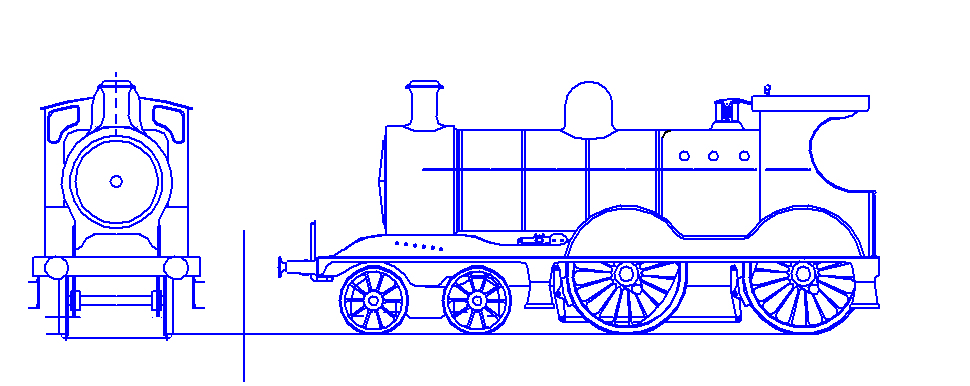
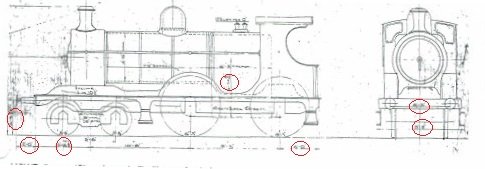
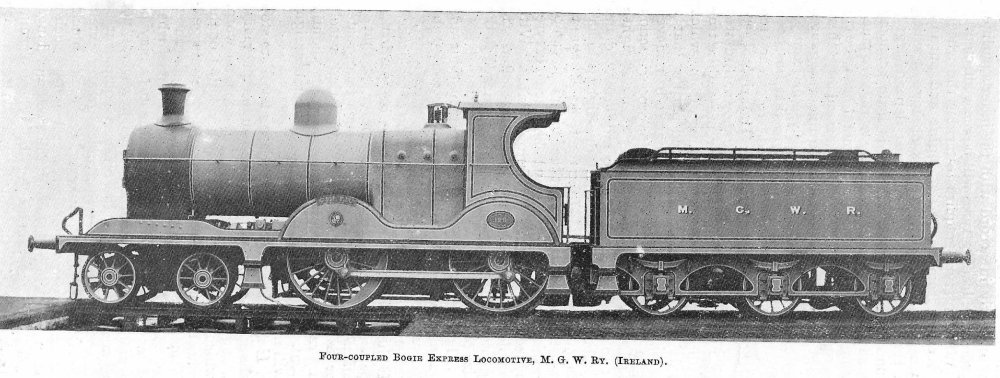
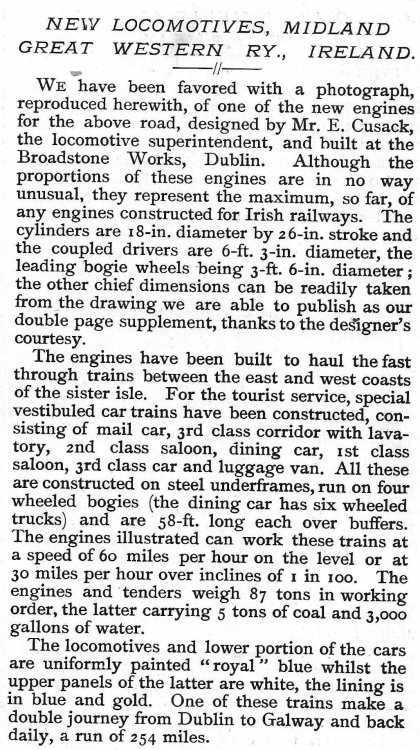
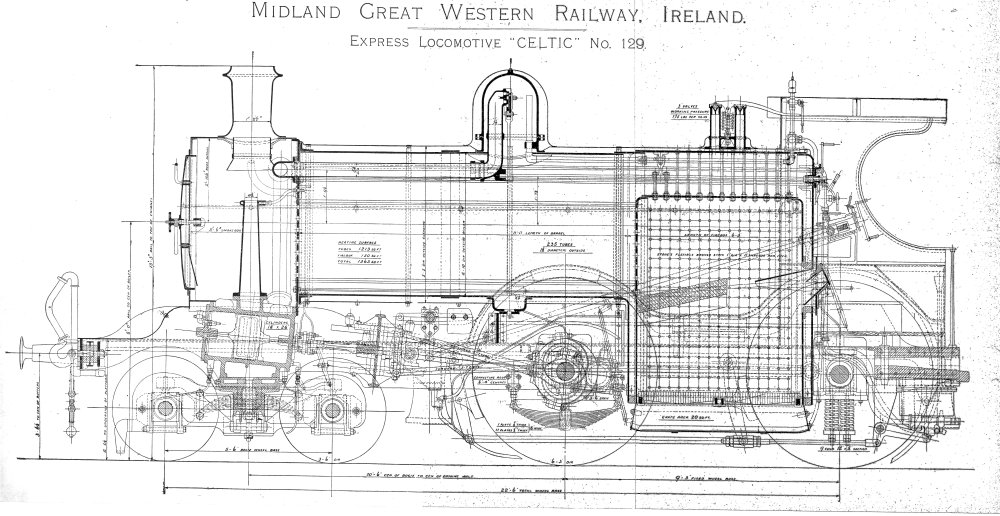
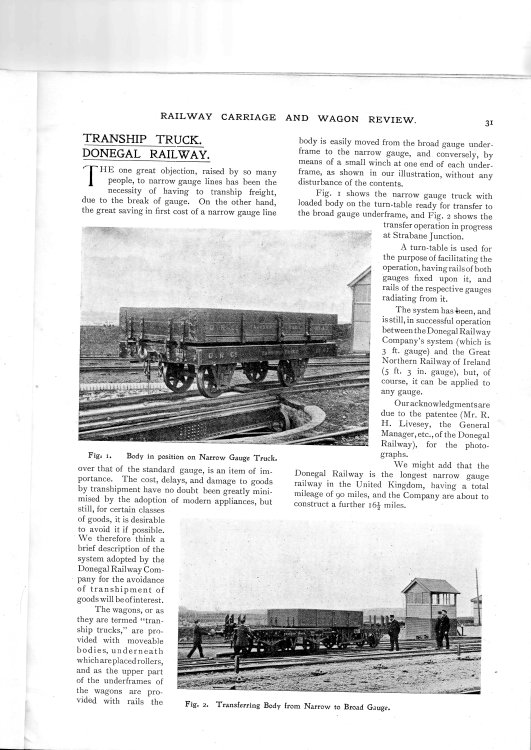
If you could open one railway station
in Letting off Steam
Posted
Ramsey IOM. Of course, they'd have to reopen the line from Douglas via St Johns to get to it.